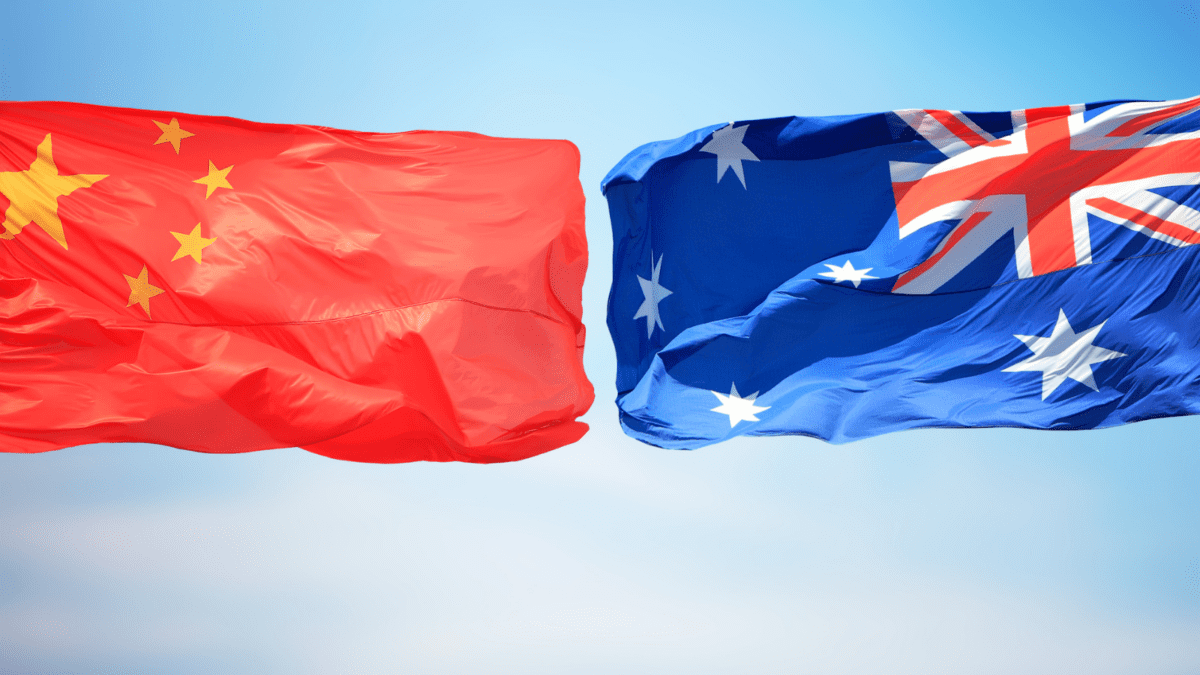‘Leapfrog’ model primes Asian PE to outperform: Morgan Stanley
As ongoing volatility prompts investors to revisit asset allocations in search of attractive market segments with room for upside, Morgan Stanley’s Pamela Fung cites Asian private equity (PE) as a bright spot, with “leapfrog” potential and other structural drivers supporting outperformance.
In a recent insights paper, Fung, executive director at Morgan Stanley Private Equity Solutions, sought to “demystify” Asian markets’ opportunity set by looking at how the potential for accelerated growth, valuation arbitrage and efficiency improvement make the region attractive, particularly at the current juncture of economic uncertainty.
“On the surface, historical PE performance in Asia has been shown to be on par with performance numbers generated in other regions,” she said. “However, top-performing Asian private equity funds show historical performance that often exceeds top-performing North American and European equity funds.”
Moreover, outperformance is generally achieved with lower levels of underlying leverage in Asia, she explained, where company-level debt is less readily available than in Western markets.
As such, Fung said, Asian private equity funds that can “identify the right market opportunities and execute accordingly have shown that they can indeed deliver that much-desired risk premium”.
‘Copycat’ growth, ‘leapfrog’ potential
Growth has always been a major factor behind Asia’s investment appeal, with these economies enjoying robust GDP growth, while many sectors are under-penetrated, Fung said. It has also benefitted from the “copycat” phenomenon, with China’s adoption of technology as a prime example.
“In the early 2000s, China’s tech industry followed a copycat model, with consumers adopting technology that had proven successful in the US,” she explained. “This trajectory led to faster adoption”, with data from 1997 to 2015 showing Chinese internet ‘unicorns’ took an average of four years to reach their $1 billion valuations, compared with seven years for those in the US.
“Among this cohort, 46 per cent of Chinese unicorns reached that status within two years – versus only 9 per cent of US unicorns, suggesting this hyper-accelerated growth as the ‘norm’ rather than the exception among successful Chinese startups.”
Asian markets have also demonstrated a “leapfrog” model, in which one region replicates an innovation from another and rapidly improves on it – an example is China’s tech industry, which started as a copycat play but has since surpassed the US in areas like online shopping and mobile payments.
Leapfrog potential extends beyond China, Fung said. and while emerging economies in Asia generally lag in the adoption of traditional banking products, “consumers in emerging Asia over-index on adoption of fintech products”. Moreover, “knowledge gains from more established regions can serve as the foundation for even better solutions in more emerging Asian regions,” she said.
Opportunities in arbitrage, efficiency improvement
Fung next noted there is often an implicit assumption, based on the perceived efficiency of markets, that higher growth potential means higher valuations. But that’s not always the case in Asia, where market idiosyncrasies and complexity lend greater opacity to valuations.
“Paired with lower valuations – public market valuations trading as much as 40 to 50 per cent lower than the US on a P/E basis, and private markets that have almost halved from their peak – there should be a particularly attractive opportunity at hand,” she said.
And while tighter public markets and geopolitical uncertainty make exits in Asia “notoriously complicated”, Fung said, “high-quality assets in segments where there is perceived scarcity value can often achieve premium valuations at exit”.
An additional source of alpha in Asian markets lies in the potential for professionalisation and efficiency improvement, Fung said, noting that the focus so far on top-line revenue growth is “unsurprising, given that until recently growth has been easy to come by in Asian markets, making efficiency (and hence margin) improvement less of a focus.
“However, [Asian PE funds] willing and able to do the hard work have an additional lever to create value in companies and can potentially deliver alpha above their peers,” she said. “As overall GDP growth slows, efficiency improvement will become increasingly more important.”
Investing in Asian private equity involves unique challenges and risks, with geopolitical, currency and liquidity risks all occupying important places for investors considering adding exposure. Adequately addressing these risks will be key to achieving positive performance, Fung said.
“The market environment in the next few years will present further dislocation and opportunity for fundamental value creation.”








